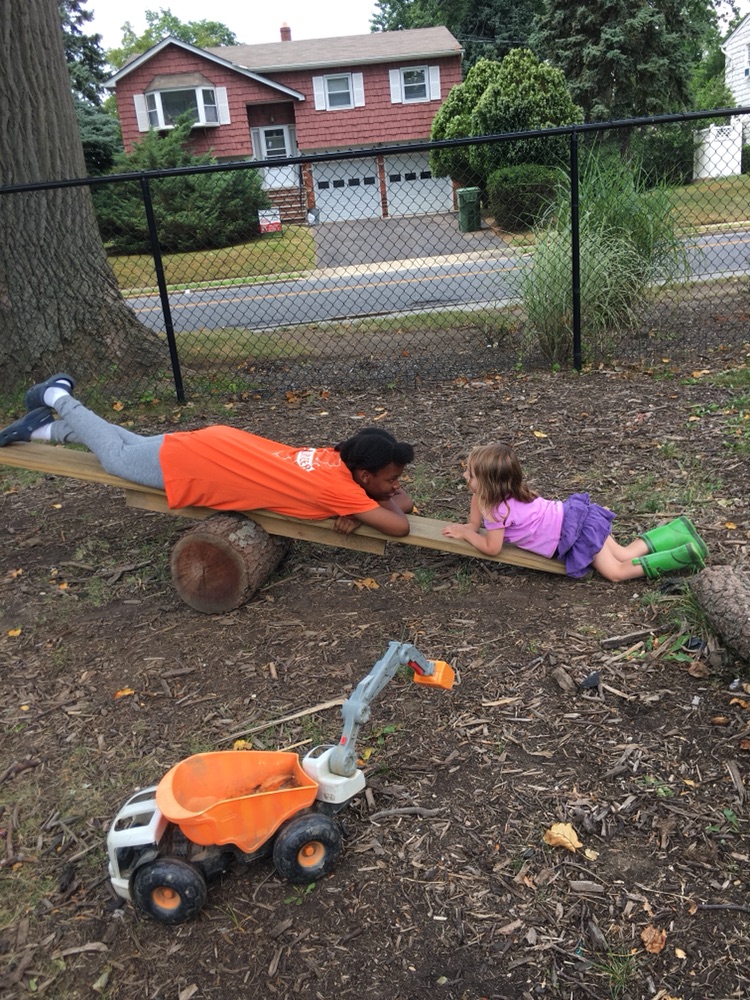
In our STEAM Lab, a group of upper and middle school students took on an ambitious challenge: design and build a functioning water wheel capable of generating enough electricity to light an LED bulb. This wasn’t a simple classroom experiment—it was an immersive, real-world exploration of physics, engineering, and teamwork, grounded in the principles of experiential and outdoor education.
From Rube Goldberg to Renewable Energy
The journey began with something delightfully whimsical: Rube Goldberg machines. Students each created a simple machine—levers, pulleys, inclined planes, wheels with axles, wedges, or screws—and combined them to create elaborate contraptions to perform a seemingly mundane task: applying a bandage.
These playful yet intricate devices introduced students to the principles of mechanical advantage, energy transfer, and system integration. Little did they know, these foundational lessons would become essential in their next adventure: designing a functional water wheel.
From Concept to Creation: Building the Water Wheel
Armed with their new understanding of simple machines, students brainstormed how they could convert the kinetic energy of flowing water into the rotational force needed to drive a small motor. Sketches filled the whiteboards as they envisioned paddle-spoked wheels harnessing a stream’s current.
Meanwhile, a subgroup took on the task of building the electrical system. They located wires and a small motor, soldering the components needed to generate and transfer power to the LED bulb. For many, it was their first experience with circuitry—an exciting hands-on dive into applied physics.
Engineering Breakthroughs: Gears and Mechanical Advantage
One of the greatest challenges arose quickly: How could they make the slow rotation of the water wheel fast enough to generate usable electricity?
Enter a spark of inspiration: a bicycle. One student proposed using a gear system similar to a bike’s chain and gear ratio to increase the motor’s revolutions. This analogy led the entire group into a real-world lesson in physics, as they explored gear ratios and mechanical advantage to optimize energy transfer. It was an elegant example of inquiry-based learning at its best.
From Classroom to Creek: Outdoor Testing and Real-World Learning
With their prototype complete, the class headed into the woods to a flowing stream—their new open-air lab. As they disassembled and transported their water wheel, anticipation grew. The classroom concepts were about to be tested in the wild.
For an hour, the students waded through the stream, adjusting, troubleshooting, and learning. Securing the wheel in a moving body of water proved far more complex than imagined. They contended with shifting currents, uneven stream beds, and makeshift anchors that refused to hold. Every obstacle became an opportunity to adapt and problem-solve.
By the end of the session, the group compiled a list of materials and modifications for version two of their design. They hadn’t just learned physics—they’d lived it.
Why It Matters: The Impact of Experiential and Outdoor Education
This project captured the heart of experiential learning:
- Hands-on Problem Solving: Students didn’t just study energy transfer—they used it to light a bulb.
- Iterative Design: They embraced trial, error, and refinement, mirroring real engineering processes.
- Real-World Application: The connection between textbook science and the natural world made their learning meaningful and lasting.
As Paulo Freire taught, education becomes transformative when it involves active participation and real-world relevance. Research from the Journal of Experiential Education supports this, showing that integrating physics with outdoor learning increases comprehension and engagement.
Lighting the Way
Through this project, students gained far more than an understanding of hydropower. They experienced the engineering process in its raw, real form. They collaborated, problem-solved, adapted, and innovated.
They lit more than an LED—they lit up with curiosity, creativity, and a deeper connection to science and sustainability.
In a world that increasingly depends on innovative, critical thinkers, this kind of learning isn’t just valuable—it’s essential. After all, the most powerful lessons are the ones we live.
References
Freire, P. (1970). Pedagogy of the Oppressed. New York: Continuum.
Rickinson, M., Dillon, J., Teamey, K., Morris, M., Choi, M. Y., Sanders, D., & Benefield, P. (2004). A review of research on outdoor learning. Journal of Experiential Education, 27(2), 161–181. https://doi.org/10.1177/105382590402700203
Larry Benner, K-12 Teachers/Researcher